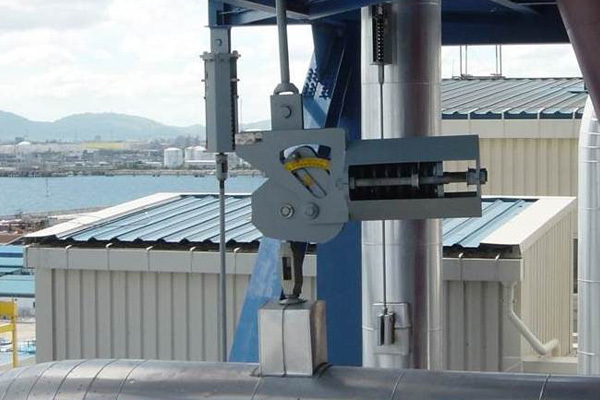What are the common errors in adjusting the compression of spring supports and hangers?
Mar 04,2025

1. Failure to adjust according to design requirements
-Neglecting workload calculation: Failure to accurately calculate the workload of pipelines or equipment results in a mismatch between spring compression and the actual required support force. For example, when calculating the workload, factors such as the weight of the medium inside the pipeline and the weight of the insulation material are omitted, resulting in a compression of the spring that is less than the actual demand. This may lead to insufficient bearing capacity of the supports and hangers during pipeline operation.
-Neglecting displacement compensation requirements: If there is thermal expansion or other displacement changes in the pipeline, and the displacement compensation requirements are not considered when adjusting the spring compression, it will result in the pipeline not being able to provide appropriate support force during the displacement process. For example, in a thermal pipeline, if the axial displacement caused by thermal expansion of the pipeline is not considered, when the pipeline expands due to heat, the spring may not be able to effectively absorb the displacement due to improper adjustment of compression, resulting in excessive additional force on the pipeline.
2. Inaccurate measurement
-Improper use of measuring tools: using measuring tools with insufficient accuracy or not calibrated to measure spring compression, such as calipers with accuracy that does not meet requirements, or dial gauges that are not installed and calibrated correctly. This can lead to inaccurate measurement results, resulting in a significant deviation between the actual compression amount and the target compression amount. For example, when measuring with a caliper, the measuring claw of the caliper is not perpendicular to the axis of the spring, resulting in a deviation in the length of the measured spring, which in turn affects the judgment of the compression amount.
-Measurement point selection error: An inappropriate measurement point was selected to determine the spring compression amount. There may be some complex connecting components in the structure of spring supports and hangers. If the measurement point is not selected at the effective deformation part of the spring, such as measuring the displacement of the connecting components rather than the compression of the spring itself, incorrect measurement results will be obtained, which will affect the adjustment of the compression.
3. Operational errors during the adjustment process
-Improper operation of adjustment device: When using adjustment nuts and other adjustment devices, the correct direction was not followed, resulting in incorrect adjustment of spring compression. Or during the adjustment process, excessive force may damage the adjustment device, such as the thread of the adjustment nut slipping, making it impossible to accurately adjust the compression of the spring. For example, the adjusting nut should have been tightened to increase the compression of the spring, but the nut was mistakenly loosened, resulting in a decrease in the compression of the spring.
-Not adjusted and checked step by step: The method of adjusting and checking step by step was not adopted, and the compression amount of the spring was adjusted significantly at once. It is difficult to ensure the accuracy of adjustments in this way, and if problems arise, it is difficult to determine which adjustment step the error occurred at. At the same time, failure to promptly check the compression capacity and load-bearing capacity of the supports and hangers after each adjustment may result in the final adjustment results not meeting the requirements.
4. Ignore the impact of changes in operating conditions
-*Not considering dynamic load changes: During the operation of pipeline systems, dynamic load changes may occur, such as fluid pulsation, equipment vibration, etc. If these dynamic factors are not taken into account when adjusting the compression amount of the spring, it may lead to the inability of the support and hanger to adapt well to load changes during operation, resulting in frequent excessive expansion and contraction of the spring and poor stability of the support and hanger.
-Not considering the impact of environmental factors: The influence of environmental factors on spring performance has not been taken into account. For example, in high temperature environments, the elastic modulus of the spring may change, resulting in the actual stiffness of the spring being different from the design value. If the impact of temperature on the spring is not taken into account when adjusting the compression amount, the spring may not provide the expected support force under high-temperature operating conditions.
Hot Tags:
Contact Us
Email:
ZLWang@huaweibracket.com
Whatsapp:
Sales Phone:
Technical Phone:
Address:
East of Nanzigezhuang Village, Wuning Town, Muping District, Yantai City, Shandong Province
Related Blog

